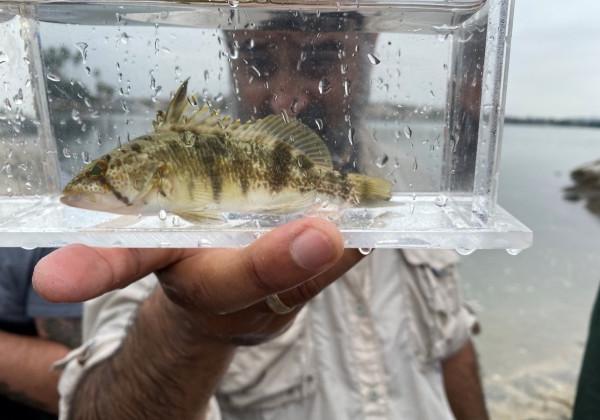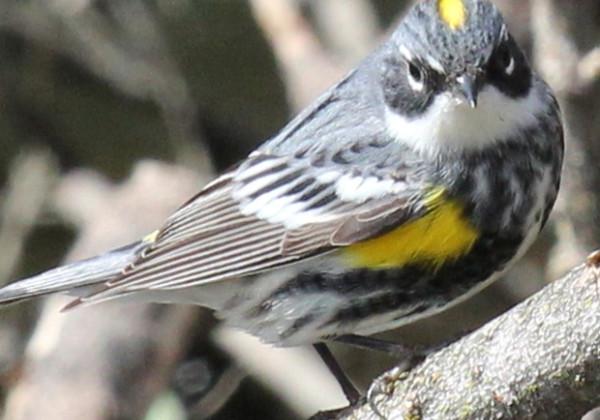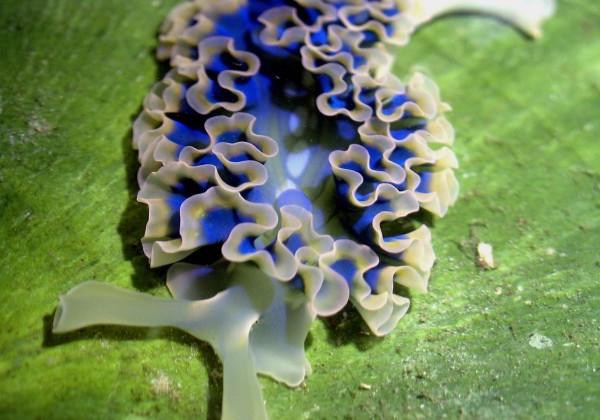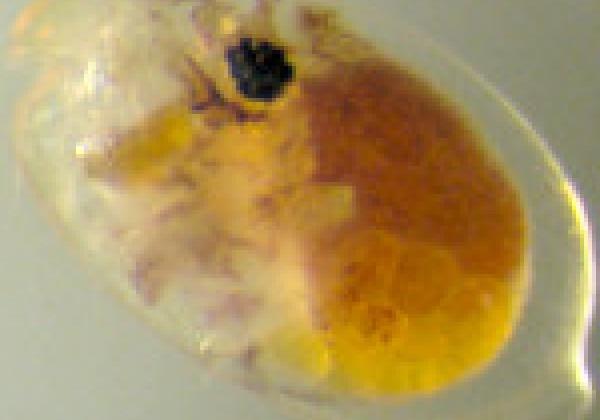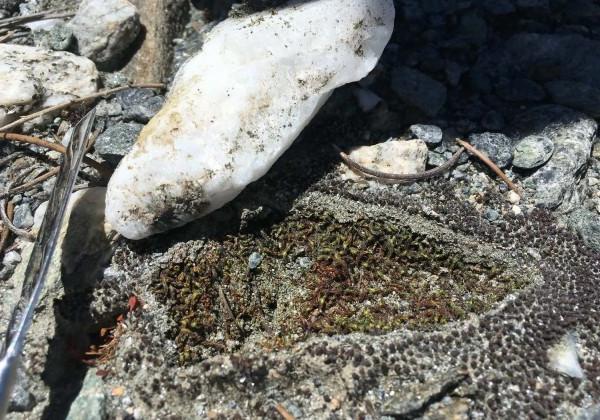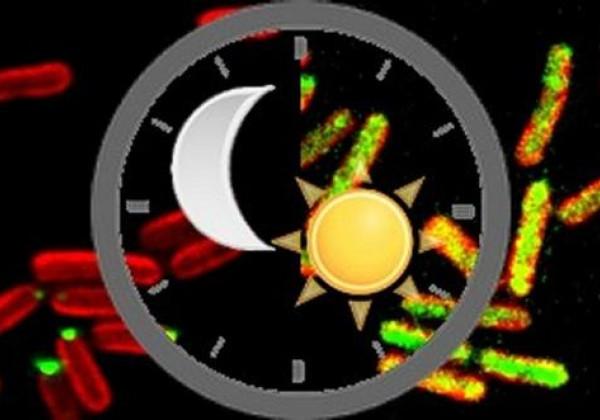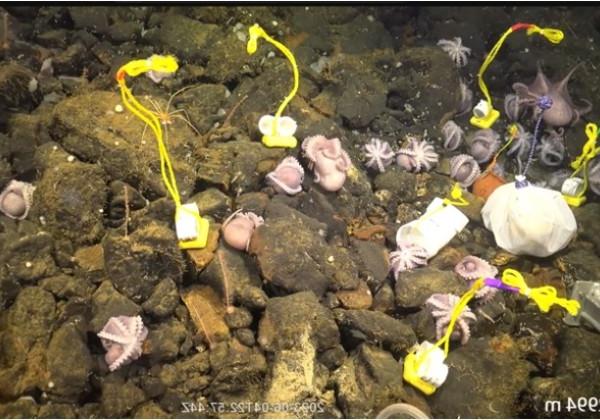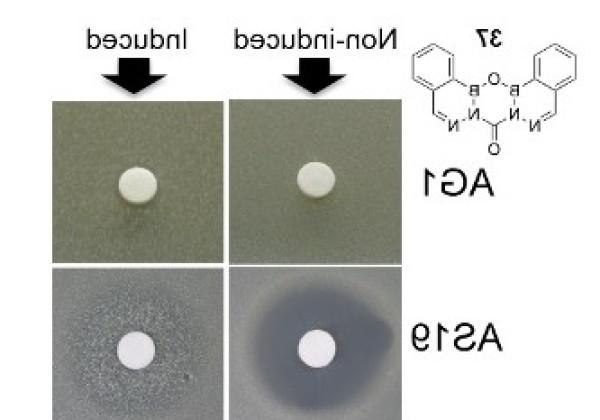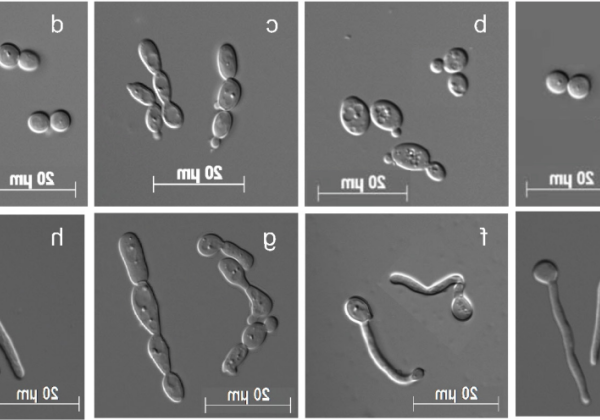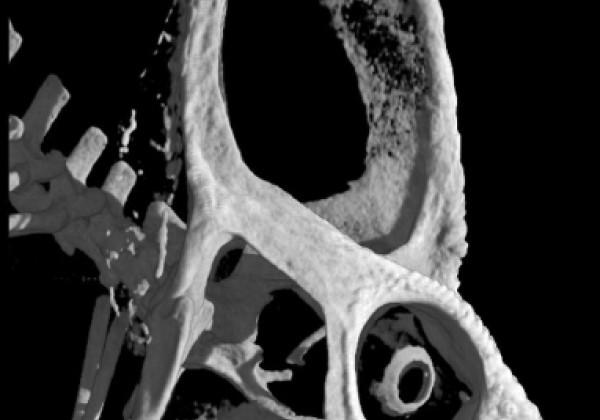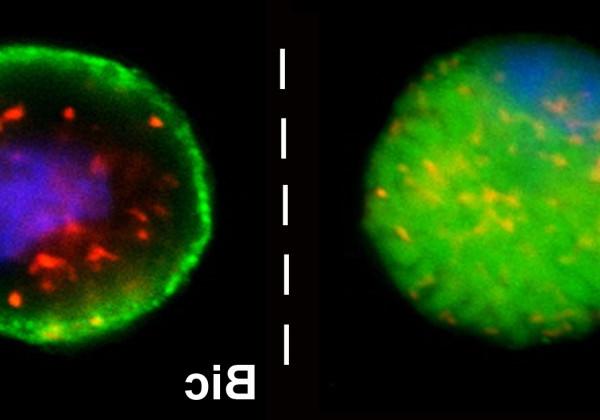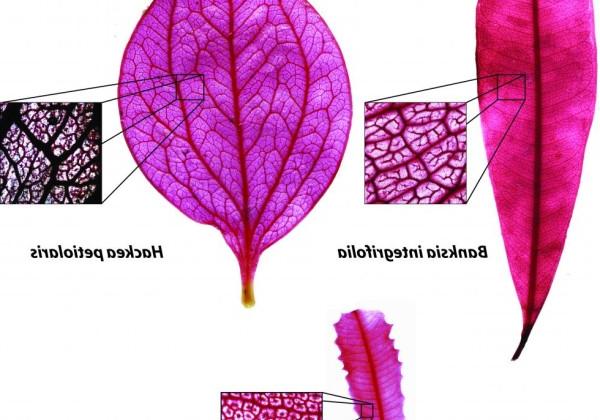的 faculty of the Department of Biological Sciences are engaged in cutting edge research. 的y mentor graduate students and undergraduates who work in their laboratories. 的se students often appear as coauthors on scientific publications. Much of this work is supported by external funding agencies such as the National Institutes of Health (NIH), National Science Foundation (NSF).
研究 is organized into several broad categories: ecology and evolution, microbiology and immunology, molecular and developmental biology, 生理学, and science education. However, research of many of the faculty members straddle two or more areas.
科学教育
Evolution Education and the Nature of Science
Support 项目 for Student 研究
的re are a variety of programs at 加州大学洛杉矶分校 which are designed to support students who are interested in pursuing careers in science. Many of these programs are funded by external agencies such as the National Institutes of Health (NIH)和 National Science Foundation (NSF). 的se programs vary in the types of activities they sponsor and their levels of student support. Several of these programs are listed below, but there is a turnover as existing programs end and new programs are established.
设施
的 Department of Biological Sciences is housed in the recently completed LaKretz Hall, part of the new Annenberg Science Complex, and the original Biological Sciences building. New facilities in LaKretz Hall include a teleconferencing room complete with video capability, digital projectors and screens, and a hospitality center.
Major Instrumentation
为 confocal microscopy, an Olympus Fluoview FV500 point-scanning, point-detection confocal laser scanning unit is mounted on an Olympus IX-71 inverted, motorized microscope. Lasers offer a range of excitation wavelengths (multi-line argon, 氦氖, 和蓝色二极管), while image acquisition and processing software allow digital image analysis, time course studies, and 3D image reconstruction.
的 Omnilog enables testing and identification of aerobic Gram-negative and Gram-positive bacteria. 除了, its Phenotype Microarrays application for mammalian cells can reveal information on metabolic pathway activities, and cellular sensitivity to nutrients, 激素, 细胞因子, anti-cancer agents, 和离子. 的 Omnilog performs analysis for genotype-phenotype characterization as well as for determining optimal conditions for cellular growth, sporulation and germination, production of secondary metabolites, or enzymatic activities of microbial cells.
的 Accuri C6 flow cytometer is equipped with two lasers and four detectors to support cell analysis for up to six parameters. Some of its applications include measurements of apoptosis and cell cycle, and detection of cell surface and intracellular protein expression.
DNA分析
LaKretz and Rosser Halls house shared facilities featuring equipment for student and faculty research that includes a sample concentrator, Fotodyne and Versadoc workstations for digital photographs of gels, 还有水浴. A Nanodrop spectrometer is used to quantify and assess purity of nucleic acids and proteins. 多个 实时聚合酶链反应 instruments and thermal cyclers are available for PCR amplification and sequencing reactions. 的 Department also has shared next generation sequencing capabilities. This includes an Agilent 4150 TapeStation System for the analysis of DNA extractions and next generation libraries, an Illumina MiSeq system, and an Oxford Nanopore MinION sequencer. LaKretz Hall houses a newly established environmental DNA (eDNA) laboratory.
Fluorescence Microscopy
尼康倒置相机 epifluorescent microscope is used to visualize intracellular structures of cells using up to four different fluorescent signals at a time. 的 microscope is used in classes to image mitochondria, vacuoles and chromosomes, and in student research to monitor the subcellular localization of specific proteins.
Freezers and Cold Rooms
LaKretz Hall features a range of growth chambers and environmental rooms for temperature-controlled work. 教师 share several –80C freezers for sample storage as part of the molecular ecology core facility.
计算
All faculty members and staff are provided baseline computers or baseline notebooks and research-active faculty maintain computers in their laboratories for student use and/or specialized research applications. Internet access is provided by the University. 的re are also two computer classrooms (BS 236 and BS 241), each with 24 networked student workstations, with priority availability for courses in the Biological Sciences. 教师 in the Department have access to a high performance computing cluster on campus.
Greenhouse and Culture 设施
的 Department of Biological Sciences maintains an aluminum-glass greenhouse facility adjacent to the Biological Sciences building. 的re are two connected rooms with 2,135 sq ft of floor space. 的 facility includes heating, cooling, plumbing, and fluorescent lighting. 的re are fixed and movable plant benches. 的 greenhouses are currently used for instruction and plant collections and are available for research use.
Department faculty maintain a 1,200 gallon re-circulating salt water aquarium system, used for culture of marine invertebrates for instructional purposes and for research. Animal care facilities are also available.
Museum and Herbarium
的 department also houses the CSULA Zoological Museum and Herbarium Collections, used in both teaching and research. 的 natural history collections include extant and fossil plants, birds and their eggs and nests, insects and marine invertebrates, 哺乳动物和鱼类. 的 extensive entomological holdings comprise seven orders of Insecta and three orders of Arachnids. 的 botanical collections comprise approximately 37,000 vascular plant specimens representing 245 families.
